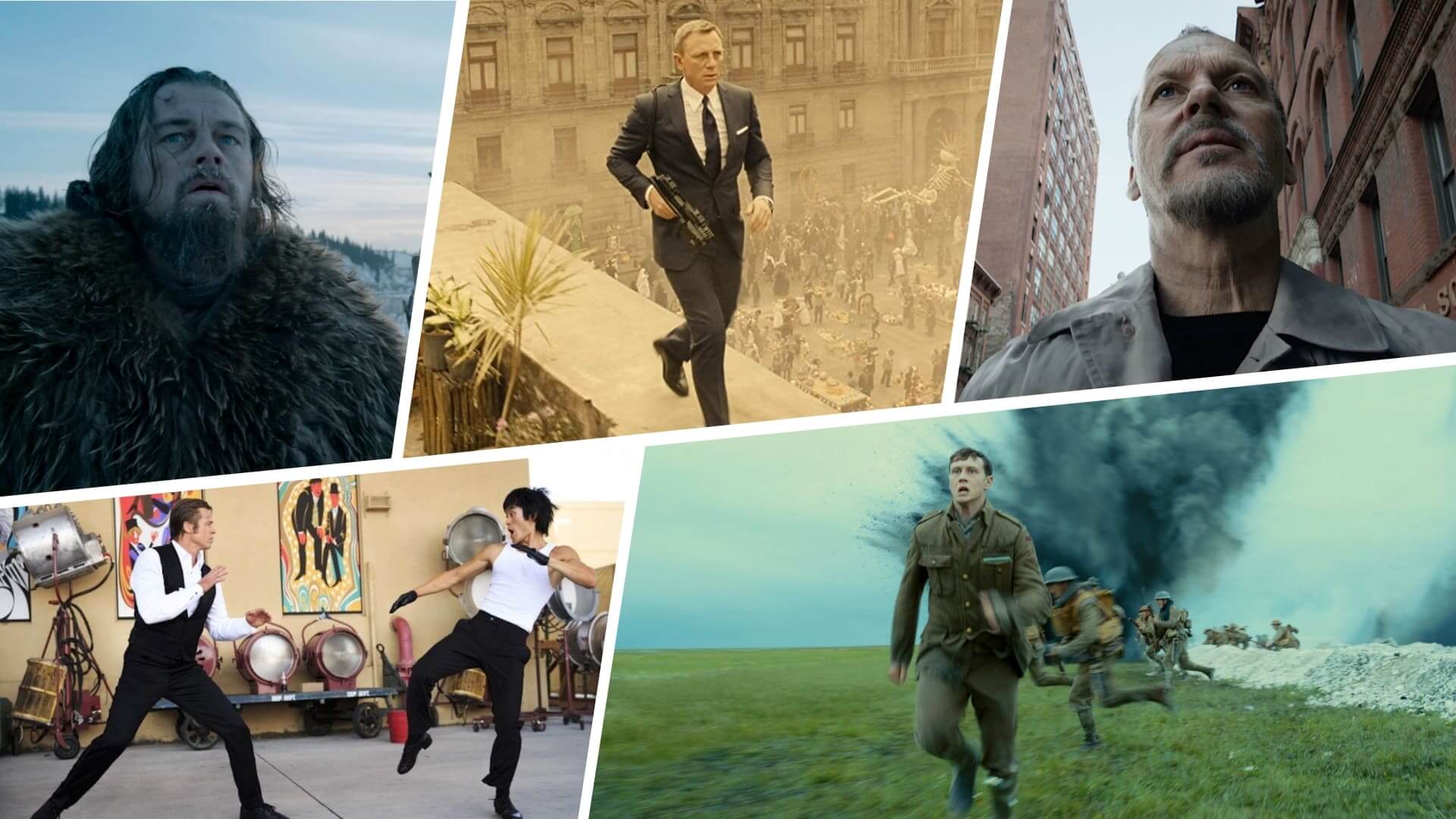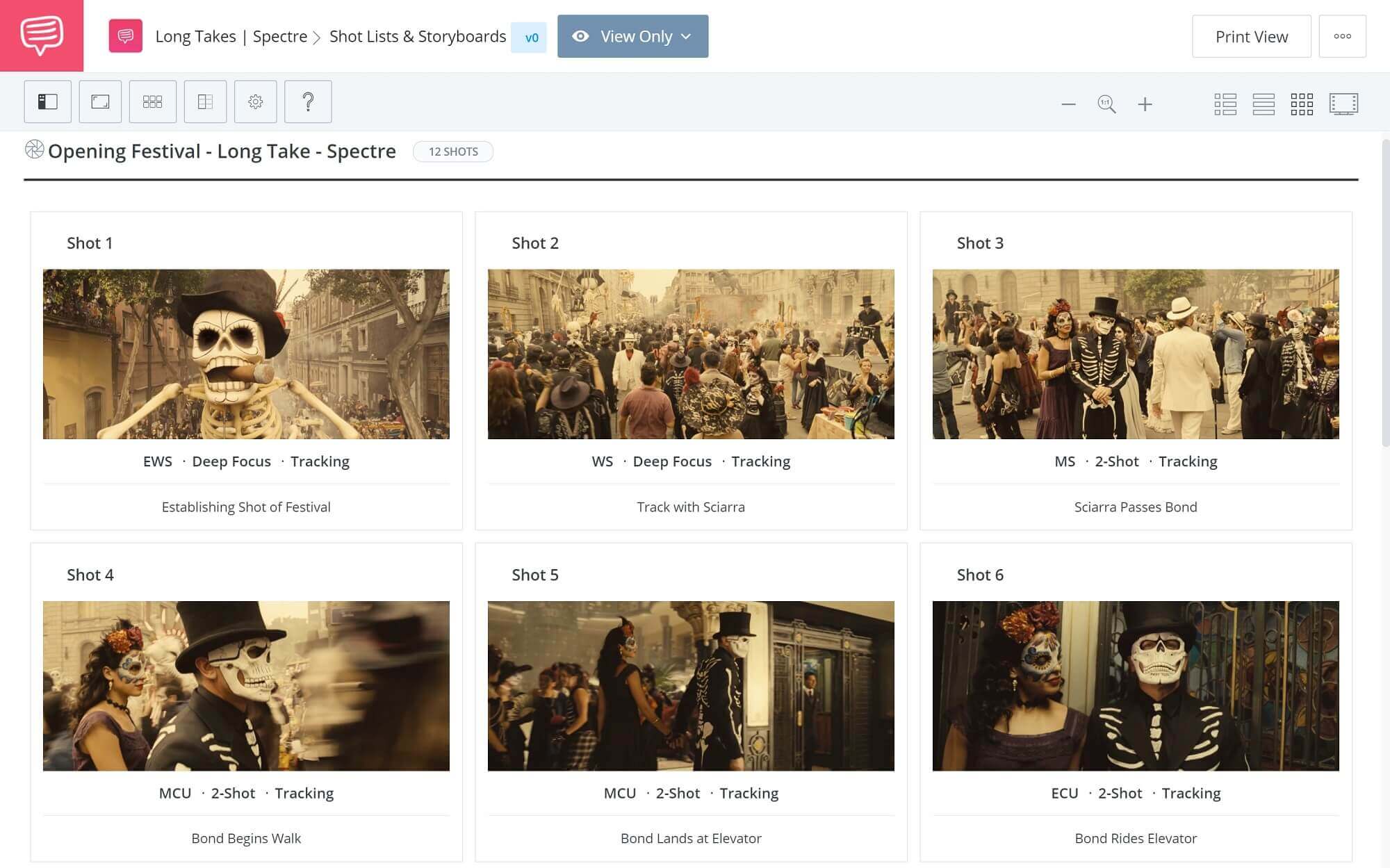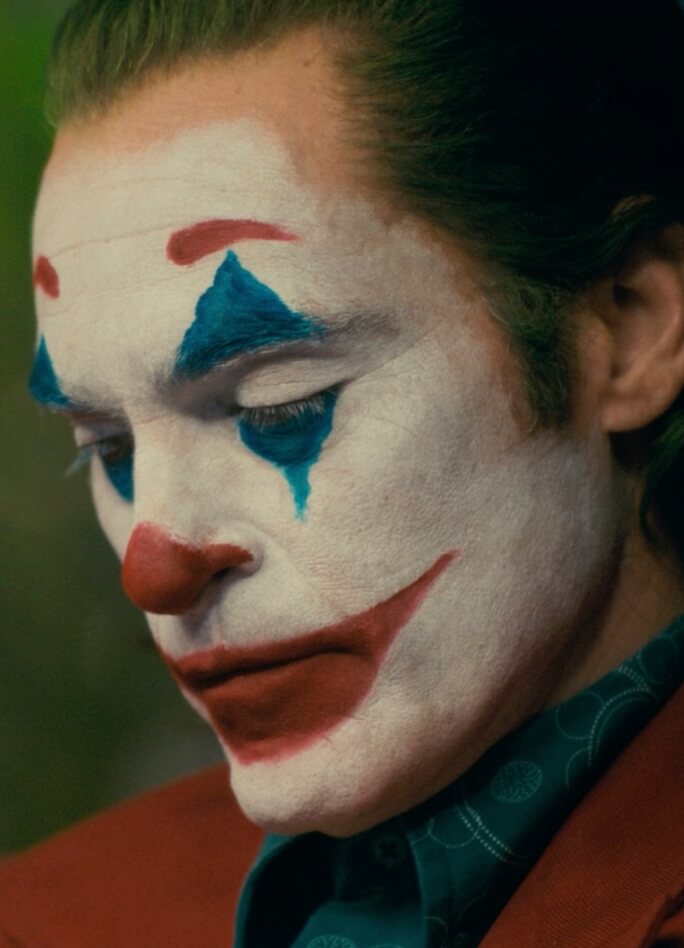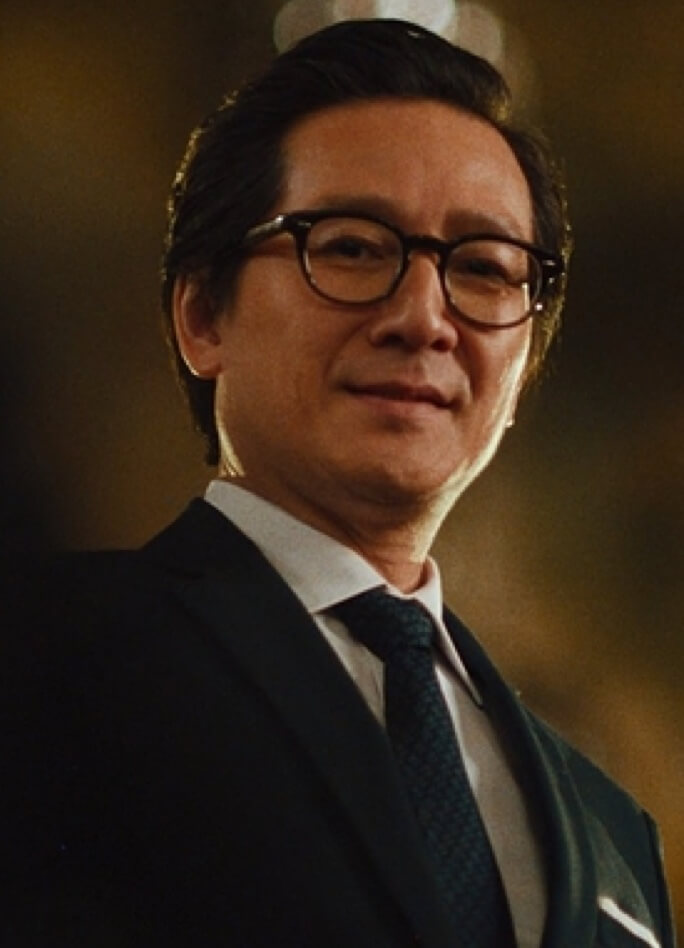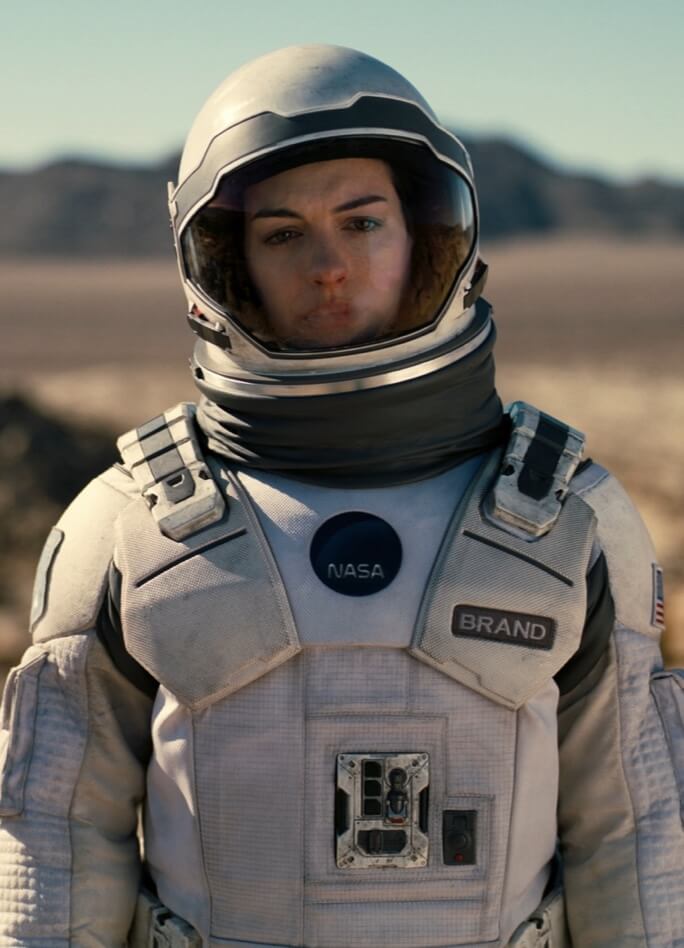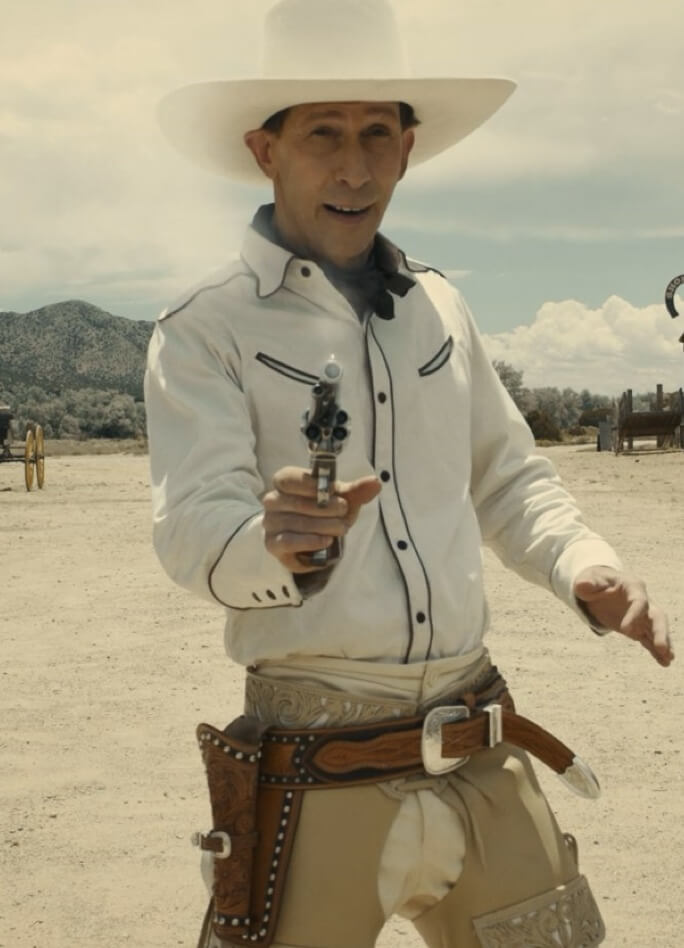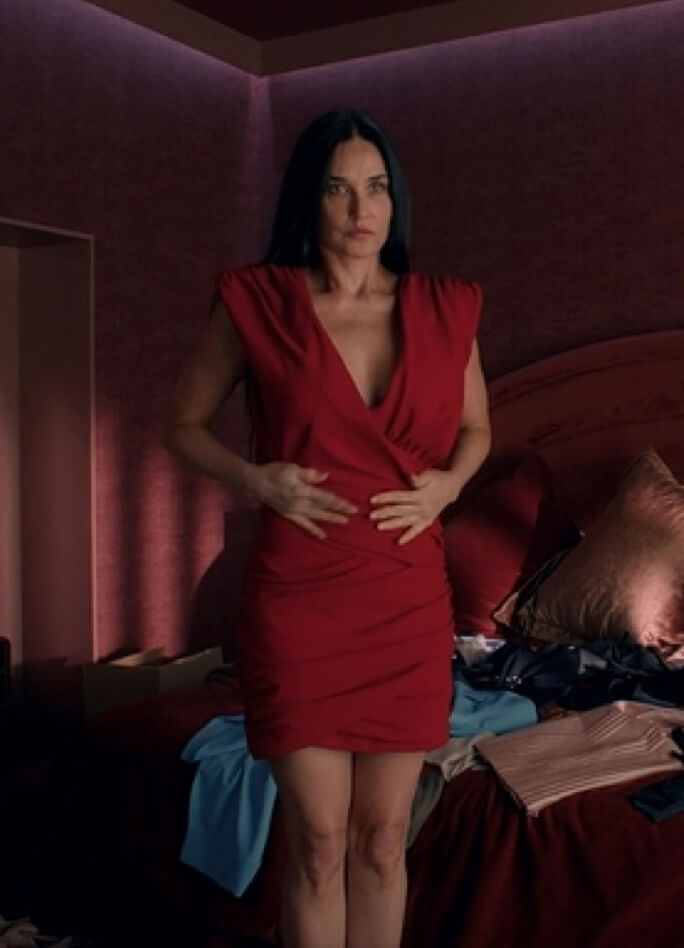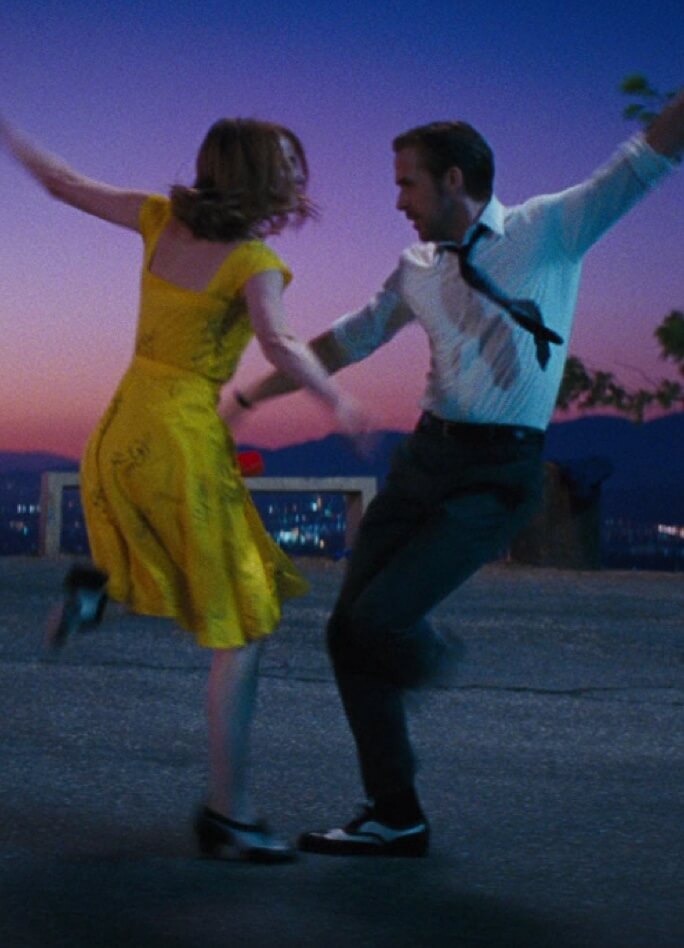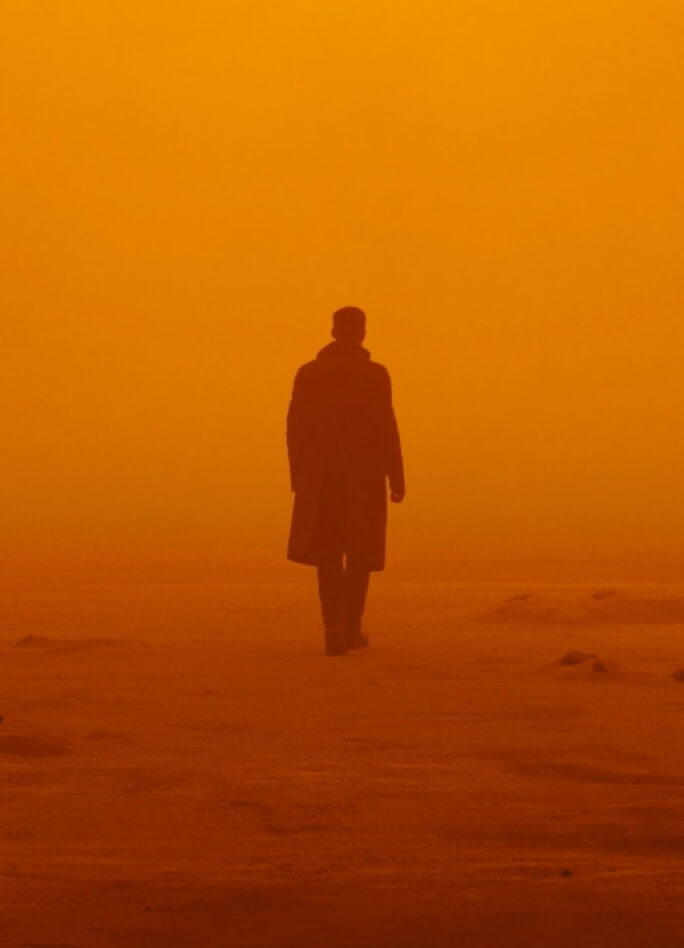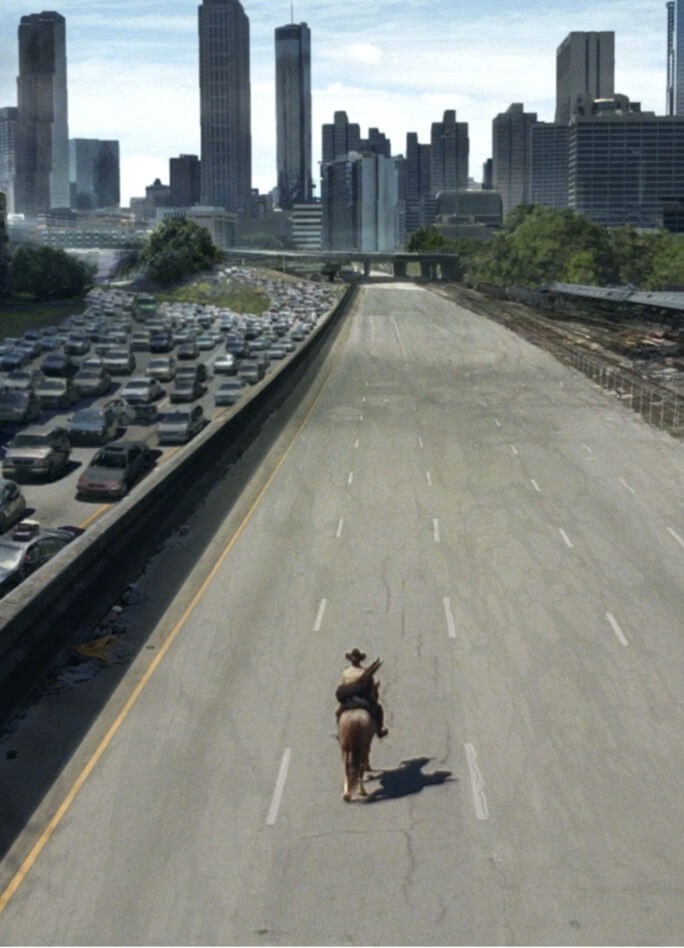Creating one moment that stands out in the minds of the viewer after your film or tv show ends can be hard, but it is possible. The long take is one way to do it. Today we’re going to go over the best long takes in film and television.
We’ll also learn how you can use them to put your stamp on your work and entertain the audience all at once.
Watch: 3 Strategies Behind the Best Long Takes
The Long Take
Steps to build the long take shot
Before we get into how to build the long take, let's first define it.
Long take Film definition
What is a long take?
A long take, also known as a "oner," is a shot that's intended to appear as a single, uninterrupted take in the final edit of a project. Camera movement and elaborate blocking are often involved in long takes, but they are not mandatory. Some long takes for the entire duration of the scene, while others are bookended by other shots.
Long takes are big, home run swings. Connect... and your scene becomes robust, seamless, masterful. Miss... and your scene becomes derivative, self indulgent, or worse…Unmotivated.
So, how do you avoid the latter?
Long takes transport you to at least one emotional destination.
- Setting
- Character
- Plot
The really good ones will have elements of all three, but you can have an effective long take that really hammers home an understanding for one of these components - and more importantly transports the viewer.
Organizing a long take can be a difficult, arduous task…That is unless you collaborate and plan out your shots in great detail.
STEP 1: Breakdown Your Script
That way your production knows who’s in the scene, what props you’ll need, and any other relevant details.
STEP 2: Build a Shot List
StudioBinder Shot List
Every good long take has multiple shot compositions built inside a single setup. In some cases, you’ll need to shoot multiple setups and connect them in the edit.
Either way - you’re going to want a clear shot list.
Shot listing a long take is way more complicated that it initially seems, but the great long takes don't stay in one shot type throughout despite the fact that they count only as a single shot in your edit.
You need to plan out each change in framing, level, and depth with precision.
As you can see, there are tracking medium shots, two shots, deep DOF, and OTS. Each one of these "new shots" should be a new frame box in your shot list.
Remember that each of these shots might require different camera equipment. To fully understand what the most viable (and affordable) options available, let's review the options. Here's a video breakdown of the various types of camera rigs, how they work, and how they add to the "feel" and look of a shot.
Ultimate Guide to Camera Gear • Subscribe on YouTube
STEP 3: Create a Storyboard
A time tested method for planning out the visuals in a scene is storyboarding.
These days, it very easy to find an illustrator to make a great storyboard. You just need to know what you want visually.
Share them with department heads, and producers. Individually choose who has access to view, comment, or edit.
Long takes can be expensive.
Put your line producer at ease with a sharp game plan.
Time is money…
And filmmaking is a race against the clock.
implementing the long take
Different ways to use a long take
Let’s take a look at this shot from Atonement. There are no edits here, but lots of different camera angles. We travel so far and go through so many emotions that you almost forget there haven’t been any edits. The best long shots are virtually invisible but carry the audience with them.
Atonement • Long take
Does the camera always have to travel in a long take? Not at all. You can have one long take that is also effective in carrying the weight of a scene.
Sacrificio Offret • Andrei Tarkovsky
In this clip, Andrei Tarkovsky uses it to show the scope of the scene. We don’t cut because he wants us to feel the breadth of the burning home along with the people in the scene.
We stay wide so we can follow the frantic nature of the people. They’re hysterical. And when we sit without interruption so are we.
Here’s a more modern long take from Rachel Morrison and Ryan Coogler. It encapsulates the energy in a boxing ring and the tension of an actual fight.
Creed • Long Take Fight Scene
Coogler breaks down the scene from Creed in his director’s commentary. He uses the long take to put the pressure on us as a fighter.
how to shot list
Planning your shots
So, you want to put your stamp on your next project with a long take? There’s a lot to think about. Are you tracking with characters? Will you need to rack focus? Do you want a dolly? A Crane? Or even some combination of all of the above.
You want capture all these important details in your shot list. With StudioBinder, these details are already listed as options, so you only need to check them off. This allows you to create combinations that make your movie come to life.
We also made collaborating and finalizing the shot list fast and efficient. You can share your thoughts, storyboards, and plans with our e-mail client.
Just click the name of the person you want to get the shot list and it’ll show up in their inbox seconds later.
This gives you more time to think about the intangibles. For example, what if you want your long take to start off your movie?
creative camera movements & angles
A long take to set up an entire movie
In Boogie Nights, and other Paul Thomas Anderson movies, the long take sets up the whole film and its atmosphere. The seedy world of pornography is made glamorous.
Boogie Nights • How to construct an economic opening
It’s an escape from Dirk Diggler’s everyday routine.
A fantasy land where dreams can come true.
Related Posts
Camera Shot Sizes
Guide to Shot Sizes
Master every shot size, and learn how to combine them with angles and movements to take your storytelling to the next level.
creative examples
Entire films built from long takes?
The long take shot has a rich history. Alfred Hitchcock’s Rope disguises most of the edits so it appears to be one continuous shot.
It brings tension to the murder at the center of the plot.
This is a movie filled with continuous shots
A more modern example would be Birdman, directed by Alejandro González Iñárritu. The movie gives the illusion of being one continuous long take. It drops us in the mind and spiraling journey of its characters.
As their worlds crash down, so does ours.
This is an innovative long take
A lot of directors use them to showcase dozens of camera moves and angles. They give the illusion of edits without there being any.
Guess who’s the master? Steven Spielberg.
Continuous shots and angles to give the illusion of a cut
Spielberg uses the long take to move with people. It’s part of his point of thought. Let’s look at more famous long take shots and why they work.
the best long take
The best long takes in movie history
We’ve compiled some of the great "oners" of all time. First on the list is the car scene from Alfonso Cuarón's Children Of Men.
How Alfonso Cuaron Motivates Camera Movements • Subscribe on YouTube
Cuarón traps us inside the car for this craziness. It’s claustrophobic and allows us to go from a joyous moment to pure horror as the world breaks down. We are almost in POV shots here. As the chaos ensues, we want to leave, but the oner keeps us trapped.
It’s not the only long take in the movie. In my opinion, there is a better long take in Children of Men.
This is a packed long take
The blood spatter on the camera lens, the tank shell and dust that envelops Theo right as he runs inside — all of this going on while the only pregnant woman in the last 20-something years is inside the building.
Your heart races inside the movie theatre — mine was for sure.
Kubrick uses the shot in Paths of Glory to track with the men in the trenches. We see the horror that’s befallen the men on the front-lines.
Paths of Glory
Not breaking from the shot gives importance to the walk. It’s determined and deliberate.
action films
The long take in action movies
In Oldboy, Chan-Wook Park uses a long take for its famous hallway fight scene. It keeps everything claustrophobic and dangerous & it's also a great example on how to shoot a thrilling movie fight.
Oldboy • Fight scene
This is long take movie magic! The impressive choreography here accentuates the isolation of Oldboy. This is one man against the world.
The long take can be used in many action scenes. John Woo uses the long take in this hallway scene from Hard Boiled. He gives us two men who are working in tandem. We can tell they’re seasoned experts.
Best action sequence ever filmed
The camera dances around the action. It’s there to show us how well these men work together and how amazing they are at their jobs.
Long takes are not only confined to film.
In season one of True Detective, filmmaker Cary Fukunaga uses this kidnapping scene to create tension and mania. You’re on the edge of your seat as the characters navigate homes, open spaces, and the road to unite on the other side.
True Detective • Single take tracking shot
This long take took a big bite out of the show's budget and time to film the episode, but it cemented its place as one of the best shows on television.
animation takes
An animated long take
Not to belabor the point, but look how much fun Spielberg has with this action-packed long take in The Adventures of Tintin. The long take shot officially starts at 2:09 in this clip.
TinTin Long Take
This shot, even in animation, is a pure delight.
the long take
The best long takes of all time?
Many consider this scene to be the most magnificent long take of all time. It comes from Martin Scorsese’s Goodfellas.
Goodfellas • Steadicam Shot
This long take is not so much about Henry...it's about his date and future wife, Karen.
We feel like Karen during this scene because the vast majority of viewers have never been in the mafia, nor a celebrated gangster who strolls through the back door of the Copa Cabana club while the entire kitchen staff yells our name.
Karen is a fish out of water, and so are we.
But there is still one more to watch, and while is doesn't have the blood spattered camera and tank blast like in Children of Men, I would argue its the best ever.
It's the opening scene from Robert Altman's, The Player.
The Player Long Take
This scene gives the audience a lot of imagery to unpack. Altman transports us into the mind of the character.
A state of mind where we are accosted by an ambitious screenwriter. We have a busy day with multiple personalities to deal with. We are surrounded by distractions, both good and bad.
Altman accomplishes this by composing shots that focus on what Griffin sees and hears, and not on Griffin himself.
We don’t need to see his reactions...we are his reactions. He transports us to the setting of the movie studio. A place where you never say your boss is out of the office.
And where studio executives make culturally tone deaf comments, and greenhorn assistants just don't seem to “get it.”
Altman accomplishes this with an onslaught of studio tropes. Some painfully realistic. Others are playful, cynical jokes.
But you definitely get the feeling that you are on that lot, walking among industry sharks, navigating through the controlled chaos that is the studio backlot.
What is the last thing this scene does?
It transports us into the plot. A story where Griffin is on the chopping block at a rapidly changing studio. Lax security allows unauthorized individuals onto studio property. Angry screenwriters send very... very hurtful postcards.
This scene moves the plot forward in clever ways, but it also sets up some useful notions in the viewer’s mind.
With some listening, reading, and of course... viewing... we are able to piece together some rather ominous plot developments and funny easter eggs throughout this long take.
When you transport your viewer to all three emotional destinations, they cease to be a faceless audience member in a dark theatre, and instead transcend to the film itself.
Camera Shots
Get Inspired. Explore More Shots.
Master every shot size, and learn how to combine them with angles and movements to take your filmmaking to the next level.
Close Up Shots
Medium Shots
Wide Shots
Up Next
How the Steadicam changed movies
Ready to start planning your long take? Chances are you'll probably need a Steadicam, perhaps the most mobile and agile piece of camera gear. Find out a history behind this game-changing equipment and how filmmakers like Kubrick and Scorsese have used it to create some of the most stunning and powerful long takes.
Up Next: Steadicam shots →
Share your vision with elegant shot lists and storyboards.
Create robust and customizable shot lists. Upload images to make storyboards and slideshows.
